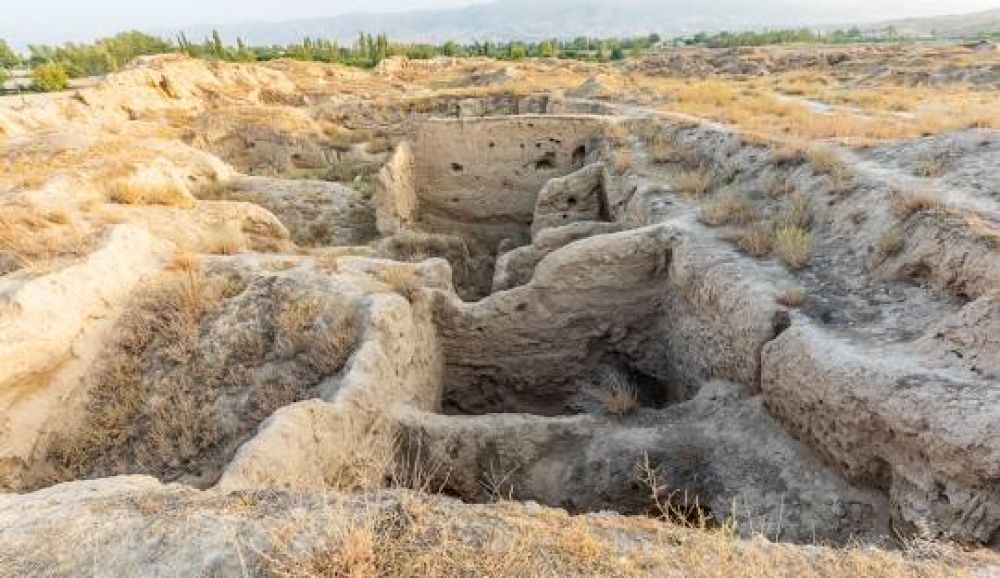

The history of tourism in Panjakent is deeply intertwined with its ancient history as a bustling city on the Silk Road. Panjakent, often referred to as the "Pompeii of Central Asia," was once a flourishing city in the 5th century, playing a pivotal role in trade and cultural exchanges between the East and West.
Modern tourism in Panjakent can be traced back to the Soviet era. During this period, Panjakent became accessible to a certain extent through state-sponsored tours that aimed at highlighting the historical and cultural heritage of the Soviet states. Tourists from other parts of the Soviet Union visited Panjakent to explore its ancient ruins, unique architecture, and to experience the traditional Tajik culture.
After the dissolution of the Soviet Union, Tajikistan, and Panjakent by extension, faced numerous challenges including a civil war that negatively influenced tourism. It was only at the turn of the 21st century that a concerted effort was made to revive the tourism sector and showcase Panjakent's archaeological sites and cultural heritage.
Renewed interest in Panjakent's ancient history, particularly its archaeological significance, has been a driving force in the resurgence of tourism. Excavations of the ancient ruins of Sogdian Panjakent have revealed a wealth of information about the region’s past and have become a focal point for tourists who are interested in history and archaeology.
In recent years, Panjakent has started to witness an increase in international tourism. This influx is attributed to various factors:
The future of tourism in Panjakent looks promising with the government and local communities working together to improve infrastructure and services, preserving the cultural and natural heritage while embracing sustainable tourism practices. With continued promotion and the development of tourist amenities, Panjakent is poised to become a significant cultural and adventure tourism hotspot in Central Asia.